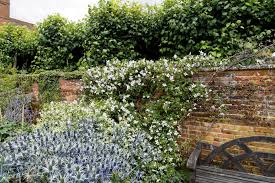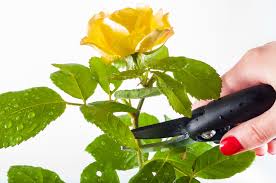What is the Difference Between Hardscaping and Softscaping?
 Hardscape and Softscape are two distinct forms of landscaping. Both are equally important in terms of property beautification. Finding the right balance between the two is the key to a stunning yard.
Hardscape and Softscape are two distinct forms of landscaping. Both are equally important in terms of property beautification. Finding the right balance between the two is the key to a stunning yard.
Hardscaping – This refers to all hard landscaping elements, such as brick, slate, concrete, flagstone, and terrazzo materials. These are all used to construct retaining walls, patios, walkways, decks, stairs, water features, and fire pits. Hardscape landscaping is put into place to create boundaries, direct rainwater flow, and provide space for grilling and similar activities.
Softscaping – This refers to the incorporation of the “living” part of a landscape. This includes trees, shrubs, flowers, plants, vines, hedges, and turf. These can be less permanent that hardscape features. Softscape elements can frequently change when you add a new plant or remove dead plants. Softscape is often arranged in conjunction with hardscape designs.
The best landscaping combines both hardscape and softscape elements. The two should complement each other and create a nice balance.


The Best Fruits and Vegetables to Eat This Fall